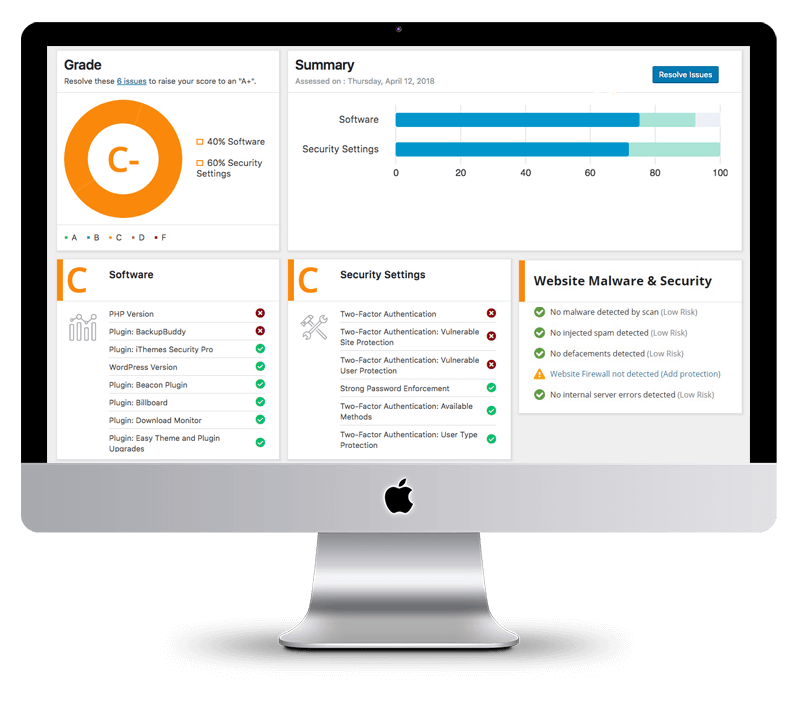At Google I/O 2025, Google announced a major shift for search: the rollout of AI Mode—a new search experience, currently available as a tab for US users. While it’s not the default yet, AI Mode is set to change how users find information, make purchases, and interact with brands.
Key Takeaways
- AI Mode offers a new, long-form, conversational search interface that answers complex questions and compresses long research journeys into a single response.
- Traditional SEO still matters, but Google’s AI is using signals differently, prioritizing trustworthy sources and topic relevance.
- Brand authority and third-party validation are even more important than before.
- Personalization is at the core, with AI tailoring responses and recommendations to each user’s preferences and history.
- Paid ads are coming soon to AI Mode results, meaning rapid changes for marketers and affiliate businesses.

What Is Google’s AI Mode?
Google’s AI Mode is an optional new tab in the US version of Google Search. When users enter a search, they can click the AI Mode tab. Instead of seeing just the traditional list of links, the AI generates a detailed answer—often as long as a short blog post. You’ll see:
- Summaries that break down complex queries,
- Shopping links for commercial searches,
- References to multiple sources (including forums, news, and shopping sites),
- Occasional ads (with more coming soon).
Example: If you search “best iPad Air cases,” AI Mode builds a list of top picks, best for protection, options with keyboards, and includes shopping links.
| Search Type | AI Mode Response | Extra Features |
|---|---|---|
| Product (“best…”) | List of top products, categories | Shopping carousels, ads |
| Informational | Long article-style answer | Reference links, community posts |
| Multi-part Question | Detailed breakdown, personalized | Next steps, related questions |
Why This Is a Big Deal for SEO
For businesses and marketers, AI Mode means that just ranking #1 on Google isn’t enough anymore. The AI doesn’t always pick the sites at the top of the classic results. Instead, it weighs:
- Content authority and depth,
- Brand trust and relevance,
- Third-party mentions and reviews,
- User-generated content.
The Query Fan-Out Technique
AI Mode uses what Google calls the query fan-out: a single user search is broken into lots of sub-questions in the background. The AI reads dozens (sometimes hundreds) of pieces of content to compile its answer. This means your site can appear in the answer even if the main keyword isn’t an exact match—semantic relevance matters more.
| Old SEO Focus | AI Mode SEO Focus |
|---|---|
| Exact keywords | Topic authority, intent |
| Backlinks only | Brand mentions, sentiment |
| Short blog posts | Deep, comprehensive content |
How Businesses Can Respond
To adapt, your SEO and content strategy needs to change:
- Create content that answers broad, complex questions. Think buyer guides, not just single-issue posts.
- Focus on your brand’s niche and build topical authority—being specific helps AI trust you.
- Win third-party mentions. PR, digital outreach, and user reviews matter as much as backlinks did in classic SEO.
- Monitor your sentiment and share of voice. Tools like Semrush can track how often your brand is featured or referenced in AI results.
- Get ready for AI-powered ads. Expect Google to test and expand new ad placements, including direct shopping integrations.
Brand & Trust are Everything
AI Mode favors brands that are known, trusted, and clearly serve a particular customer group. Features like user reviews, expert round-ups (think “Top picks by hiking influencers”), and strong off-site brand sentiment boost your visibility.
"Brand and trust are huge for AI. It really cares about the relevance of that brand to the person.”
What About Metrics and Tracking?
Keeping track of performance will require new metrics:
| Metric Type | Traditional Search | AI Mode |
|---|---|---|
| Click-throughs to website | Main Focus | Less important |
| Brand sentiment | Rarely tracked | Very important |
| Conversions (sales/leads) | Important | Still most important |
| Share of voice in AI answers | Not tracked | Key new metric |
At the end of the day, you should measure success not just by website traffic or keyword rank, but by conversions and brand share in AI-powered answers.
The Future: Paid Ads and Evolving AI Results
Ads are being tested in AI Mode right now, with broader launches expected this year. Google will let advertisers reach users inside AI results, speeding up buyer journeys and possibly reducing traffic to affiliate and informational sites. Personalized shopping features—even mock-ups based on user photos—are on the roadmap.
Affiliate marketers and bloggers dependent on classic referrals may see harsh declines. Businesses will need to integrate SEO, digital PR, brand monitoring, and performance marketing to stay ahead.

Final Thoughts: What To Do Now
- Check how your brand appears in AI Mode for core searches in your industry.
- Break down your content into topical hubs and answer real, in-depth questions.
- Watch for new ad formats and test early.
- Monitor sentiment, third-party mentions, and conversions—not just traffic.
- Talk to your SEO team (or us at Hog the Web!) to make sure you’re ready for this change.
As this shift rolls out, there’s no need to panic, but waiting to act could leave you behind. Businesses prioritizing brand, authority, and deep engagement across digital channels will be the ones most visible in Google’s AI-powered future.

Rodney Laws is an ecommerce expert with over a decade of experience helping entrepreneurs build and grow online businesses. He specializes in reviewing ecommerce platforms, optimizing user experience, and guiding brands toward higher conversions. His insights have been published on leading industry sites including UsabilityGeek, G2, Spendesk, and PPC Hero.
As the editor at EcommercePlatforms.io, Rodney combines hands-on knowledge with clear, actionable advice to help business owners choose the right tools and strategies. When he’s not testing the latest software or analyzing trends, he’s sharing practical tips that make complex ecommerce decisions simple.





